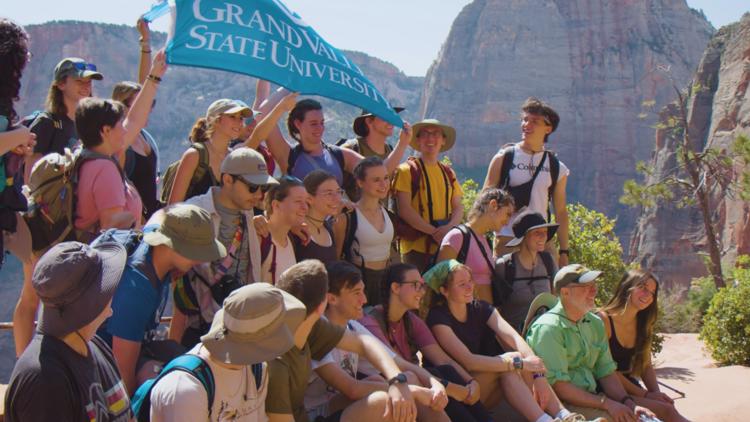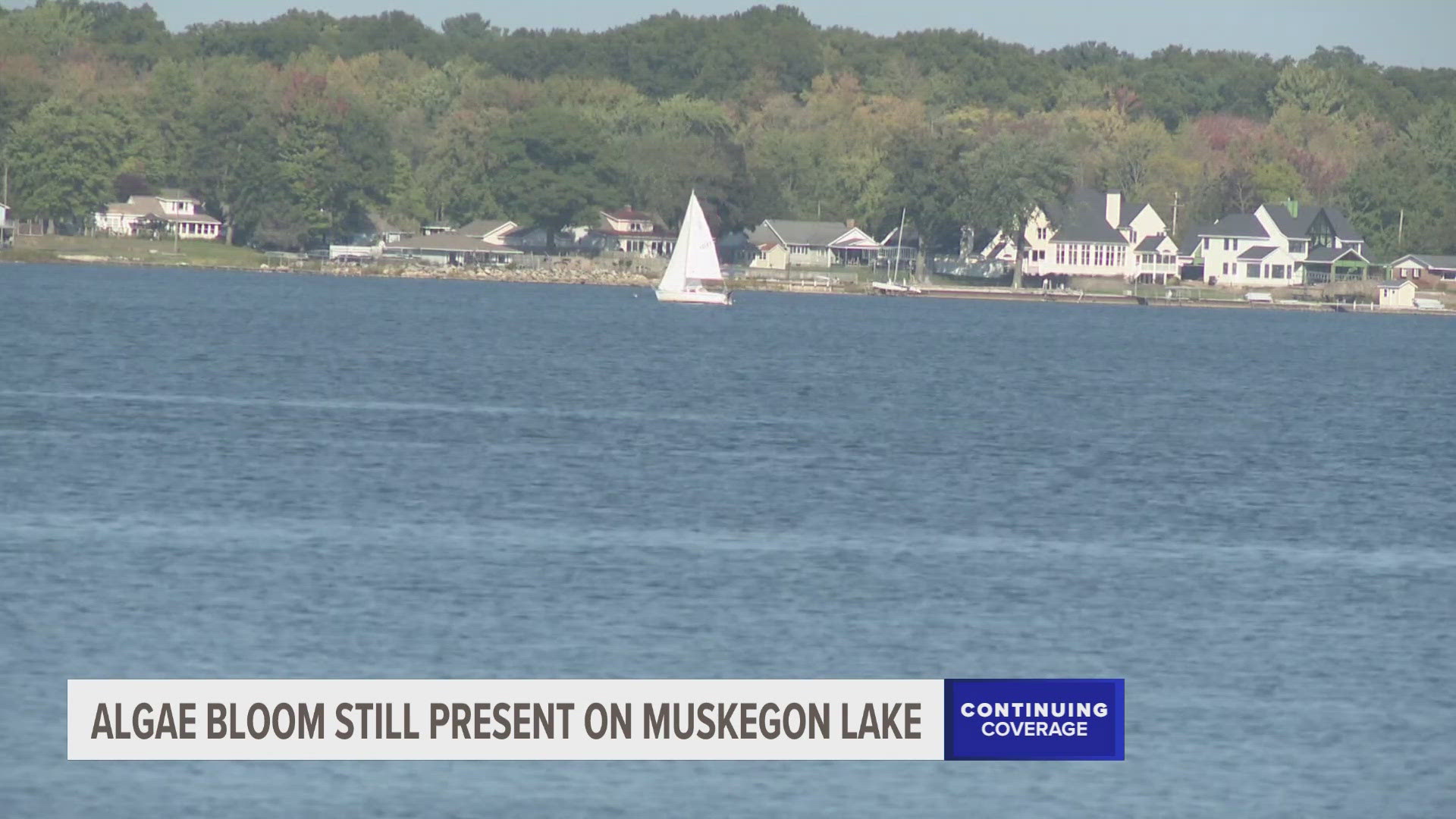ALLENDALE, Mich. — Grand Valley State University (GVSU) students are finishing the inaugural Water in the West experiential learning program. The 26-day trip explores the geology and hydrology of the complex water systems of the western United States.
Led by GVSU geology faculty members Peter Wampler and Peter Riemersma, the trip includes 21 students and three teaching assistants.
The students have been learning firsthand about the complexities, history and beauty of these delicate environments, compared to the abundance and appreciation of water in Michigan.
"One of the main goals is to get an appreciation for kind of how different and important water is in the west, compared to what we're kind of used to in Michigan,” said Riemersma. “We're doing a lot of water quality measurements and rivers were estimated river discharge, how much water is flowing through the different rivers. We're also exploring the geology and how the geology kind of interacts with the water.”
The current and future of water usage remains one of the largest concerns across the western United States.
“Everyone knows there's kind of a drought out west. So it’s a timely period to investigate water,” Riemersma added.
On top of exploring geology and hydrology, there’s also been a meteorology takeaway on the trip in the way of flash flooding.
“We saw a lot of evidence of that in some of the canyon hikes that we took where you can see massive deposits of sand that probably occurred in a four-hour period,” Riemersma explained.
“It’s kind of all or nothing out in a desert environment. And there’s really almost no soil either. There’s very little infiltration of water so you get huge amounts of surface water runoff.”
The trip started in Colorado, then meandered through Utah and Arizona, with the final stop in New Mexico. Takeaways from the trip have been priceless.
“It’s very hard to feed 26 people meals. Very complicated,” Wampler laughed. “It’s been really fun to see the students come alive and see things that they haven’t seen before; a lot of them never been out west before. Just to see them be challenged and do new thing. It’s really fun,” he added.
A majority of the students have dealt with a school year during the COVID-19 pandemic, with the trip the largest hands-on experience they’ve done.
“I think we all appreciate the opportunity to spend time with each other,” Riemersma said. “Those friendships could carry them through their college years and really make a much bigger difference than anything they might learn in the class.
As for the delicate watershed out west, the future will be crucial between the states that are reliant on it, especially the Colorado Basin.
“This big drought, until this year, was a real wakeup call,” Riemersma said.
“They need to be real careful with how much they’re using – water – often in the Colorado basin,” Wampler said.
►Make it easy to keep up to date with more stories like this. Download the 13 ON YOUR SIDE app now.
Have a news tip? Email news@13onyourside.com, visit our Facebook page or Twitter. Subscribe to our YouTube channel.



